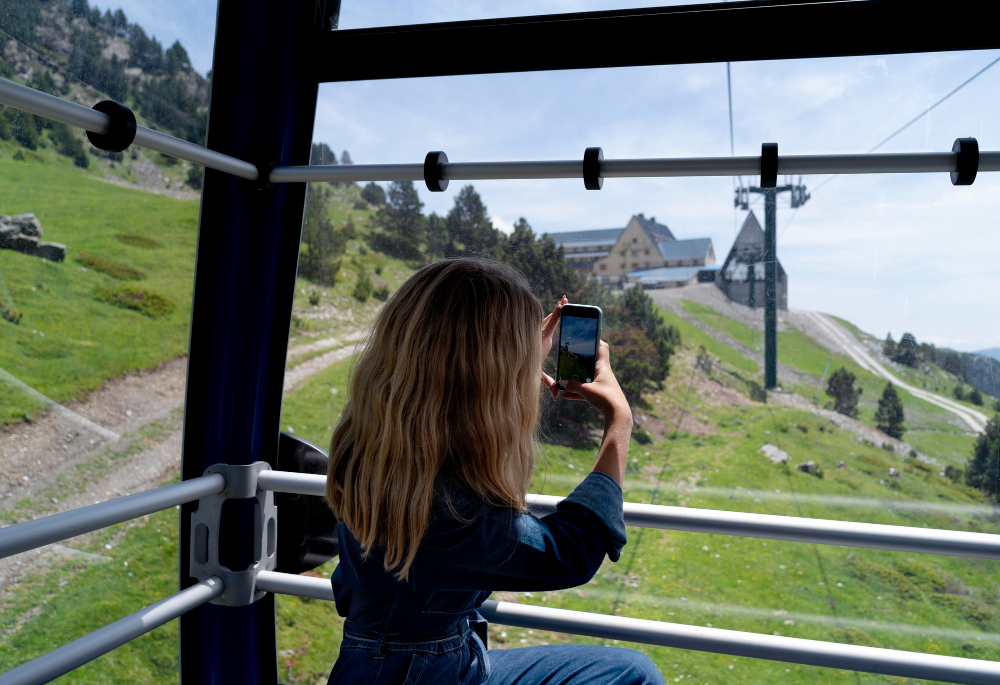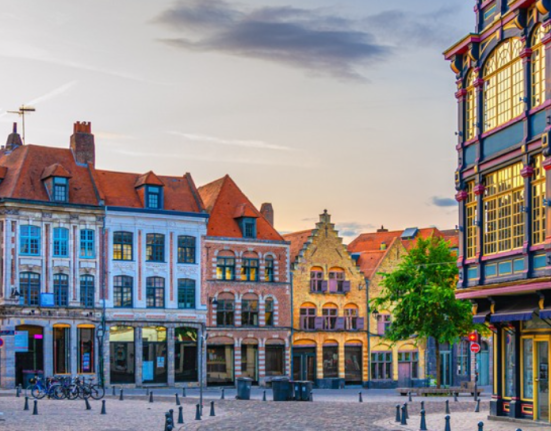Think about your last trip. Not the destination, but the act of getting there. Did it involve waking up before dawn to stand in a sterile, fluorescent-lit security line? Did you find yourself jogging through a sprawling terminal, clutching a boarding pass, only to be squeezed into a seat designed for someone half your size? Modern travel has become a masterclass in efficiency, a logistical puzzle we solve with apps, alerts, and anxiety. We’ve optimized the process of getting from Point A to Point B down to the minute, celebrating the speed at which we can cross continents.
But in this relentless pursuit of “fast,” a fundamental part of the experience has been lost. We arrive at our destinations not refreshed and inspired, but depleted and stressed—a condition one might call “travel burnout.” The journey has been reduced to a mere inconvenience, a necessary evil to be endured before the real trip can begin. We stare at seatbacks and phone screens, completely detached from the world we are so hurriedly traversing. This raises a crucial question: In our rush to arrive, have we completely forgotten how to journey?
Rediscovering the Journey
The antidote to the tyranny of fast travel doesn’t lie in a futuristic teleportation device; it lies in one of our most enduring forms of transport: the train. To choose the train is to make a conscious decision to trade raw speed for rich experience. It’s an invitation to slow down and re-engage with the world.
The moment you step onto a train, the atmosphere shifts. The rhythmic clatter of the wheels on the track creates a soothing, meditative soundtrack. There are no turbulence warnings or demands to stow your electronics. Instead, you have the freedom to move. You can walk to a dining car and enjoy a meal at a proper table, watching the landscape slide by. You can settle into a spacious seat with a book, with no pressure other than to relax and observe.
Train travel operates on a human scale. It presents the world at a pace the mind can actually process. Instead of the jarring jump-cut of air travel from a bustling city to a sterile cloudscape and back to another city the train offers a seamless, cinematic dissolve. You witness the gradual transformation of the landscape: the urban skyline softens into suburbs, suburbs melt into rolling farmland, and farmland gives way to wild, untamed nature. It’s a narrative, and you have a front-row seat.
The Psychology of Slow Travel
The benefits of choosing the train extend deep into our mental well-being. A train carriage is a unique “liminal space” a place of transition where you are neither at your origin nor your destination. This in-between state is remarkably fertile ground for the mind. Freed from the constant decision-making of driving or the sterile confinement of flying, our brains can wander.
This is where the magic happens. It’s in these unhurried moments that you can finally delve into that novel you’ve been meaning to read, have a deep conversation with a travel companion, or simply daydream while gazing out the window. It’s an enforced mindfulness, a gentle nudge to disconnect from the digital churn and reconnect with your own thoughts.
The journey becomes a part of the vacation itself, a period of rest and reflection rather than a stressful prerequisite. Compare the white-knuckle stress of navigating rush-hour traffic or the palpable tension of a delayed flight with the serene calm of watching the world glide by your window. The choice becomes clear.
A Window to the World’s Soul
An airplane window offers a breathtaking but ultimately abstract view of the world—a patchwork of fields, the curve of the earth, a blanket of clouds. A train window, however, offers a view into a country’s soul. It’s an unfiltered, ground-level perspective that no other mode of transport can provide.
From a train, you see the uncurated moments of life. You see the backyards of a nation, not just its polished storefronts. You’ll glimpse a farmer mending a fence at dusk, children waving from a railway crossing, the quiet dignity of a small town’s main street, or a lone fishing boat on a misty river. These are the small, authentic vignettes that stitch together the fabric of a place. They provide a sense of context, geography, and culture that you simply cannot get from 30,000 feet. You don’t just arrive in a new place; you understand how you got there, feeling the subtle shifts in architecture, landscape, and lifestyle along the way.
The Future isn’t Faster, It’s Smarter
This isn’t to say that all rail is slow. The continued development of high-speed rail offers a brilliant synthesis of speed and experience, connecting city centers in a fraction of the time it takes to fly, once you account for travel to the airport and security. Yet, even here, the principle remains the same: it is a more comfortable, scenic, and humane way to travel.
The ultimate luxury of the future may not be about getting somewhere in the least amount of time, but about having the mental space and comfort to enjoy the passage. As the world accelerates, the demand for meaningful, restorative experiences will only grow. Forward-thinking rail consultants are already recognizing this shift, advising operators to focus not just on speed, but on enhancing the passenger experience with panoramic windows, comfortable lounges, and locally sourced food. They understand that the journey itself is a key part of the product.
All Aboard for a New Perspective
Choosing the train is more than a logistical decision; it’s a philosophical one. It’s a statement that the time spent between places has value. It’s an embrace of the journey as an integral part of the adventure. In a world that constantly urges us to move faster, the train offers a powerful act of resistance a chance to slow down, to observe, to think, and to truly see the world we travel through.
So, the next time you plan a trip, pause before you book that flight. Consider the alternative. Consider what you might gain by trading a few hours for an experience that will stay with you long after you’ve arrived. It’s time to rediscover the lost art of the journey and travel at the speed of scenery.
For more, visit Pure Magazine




